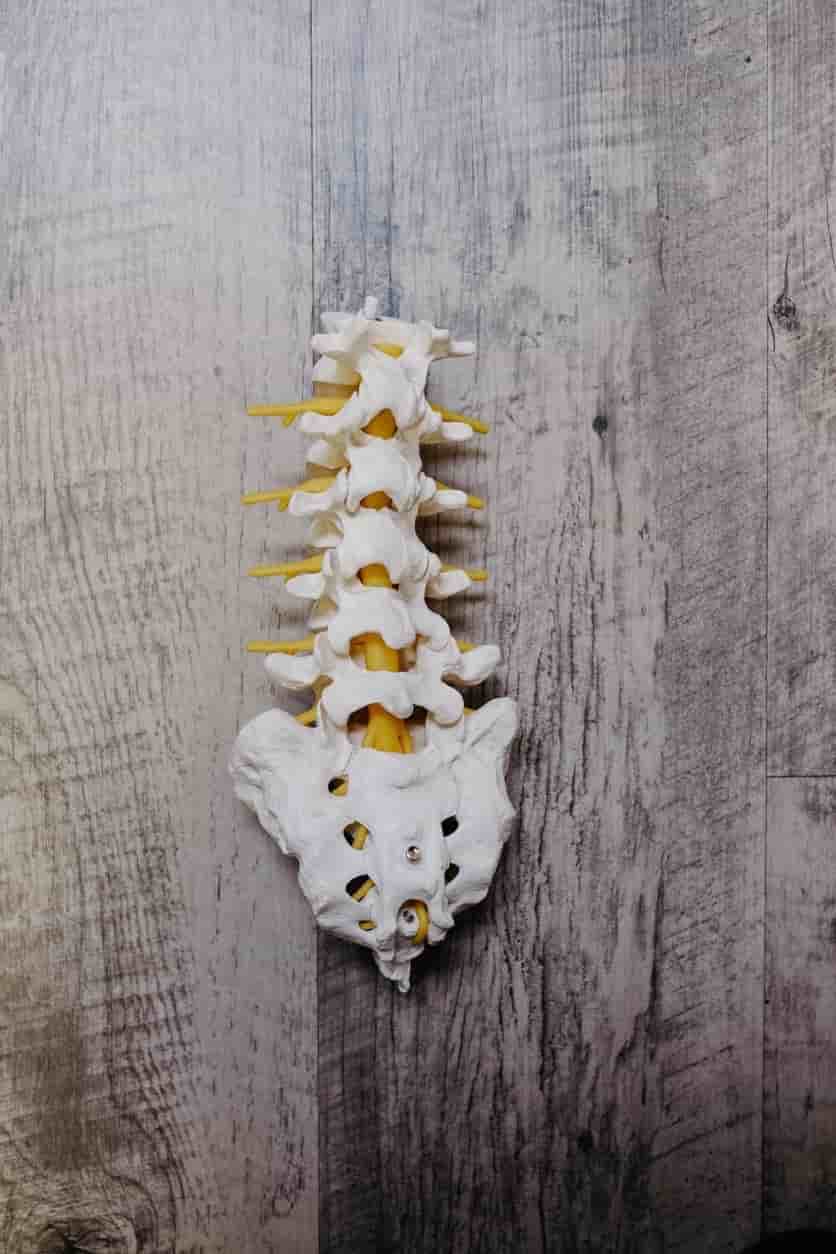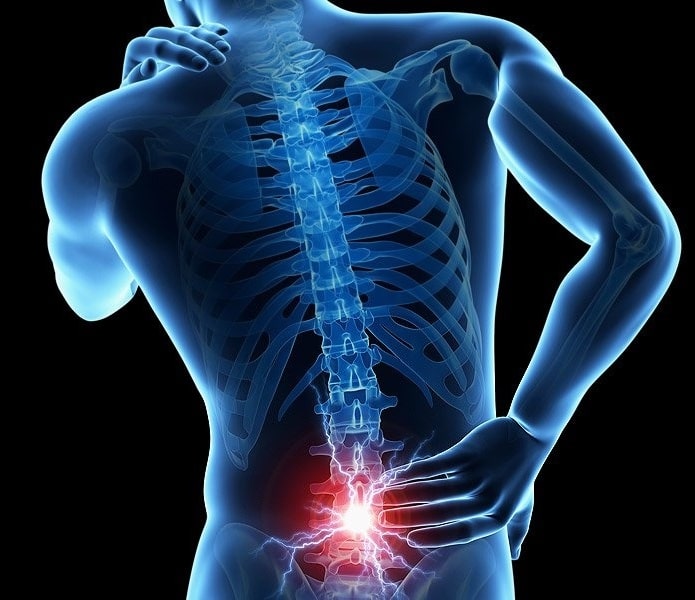WHAT IS SPINAL DECOMPRESSION?
Your curiosity to know about spinal cord decompression is right but before that we need to know our spinal cord. Spinal decompression is a safe, non surgical and drug free treatment method for patients who suffer from chronic neck and back problems or other spine related problems.
Back problems are an extremely common problem that will affect most of us during our lifetime. However, for some people, chronic back problems affect their ability to live an active and fulfilling life. Exactly what causes back problems can vary tremendously.
But, in the majority of cases, any back problems are caused by the pressure on the nerves that surround the spinal cord. Fortunately, there is a large range of options to choose from when it comes to back pain. Your pain can be addressed with medication and some therapies such as decompression spine can restore your mobility.

ALL YOU NEED TO KNOW ABOUT SPINAL CORD
The human spinal cord is the central nerve controlling part which lies beneath the thick vertebrae. This is of course from a safety point of view as an injury to the spinal cord can lead to paralysis. From the disc level, the spinal cord is connected to nerve roots that transmit sensation and motor activity throughout the body.
There are a total of 24 vertebrae, which are divided according to the area they support, such as the cervical, thoracic, lumbar, sacrum and coccyx. There is now a small soft disc between any two vertebrae. From the disc level, the spinal cord is connected to nerve roots that transmit sensation and motor activity throughout the body.
Now that we know the anatomical structure of the spinal cord, let us move on to understand spinal cord compression and its treatment with spinal cord decompression.
UNDERSTANDING THE NEED OF SPINAL CORD DECOMPRESSION
Spinal cord decompression treatment is given when the pressure in the spine rises due to spinal cord compression of nerves. In such cases, it is important to release the compression. Spinal cord compression can occur sur to following reasons :
- Injury due to trauma
- Degenerative bone diseases such as spondylolysis cause narrowing of the spinal cord or nerve root
- Degenerative Disc Pathologies
- Abnormal spine alignment like in scoliosis
- Aging
- Tumor
- Infection like meningitis
- Rheumatoid arthritis
As mentioned above, the symptoms of the disease will be as follows –
- Tingling
- Numbness
- Weakness
- Thinning / atrophy of disc
- Paralysis
- Back stiffness
- Pain with burning
- Twitch
- Loss of sensation
- Loss of coordination
- Decreased sexual ability
- Foot drop (limping)
- Losing control of the bowel and bladder
- Pain or extreme weakness in one or both legs that makes lifting difficult
- Numbness in inner thigh and leg
All these symptoms can appear immediately or gradually depending on the cause.

TYPES OF SPINAL DECOMPRESSION
Types of Decompression
Cervical Decompression
Procedure
This focuses on the decompression of the cervical spine. There is a part of the spine that is located in your neck This neck spine is referred to as the C1-C7 vertebrae
Types of Decompression
Lumbar Decompression
Procedure
This focuses on the lower back which begins as the spine curves inwards towards the abdomen This lumbar spine consists of 5 vertebrae L1-L5
Benefits of decompression surgery
- It will cure back pain and leg pain and hence it will free you from pain.
- It can stabilize the spine and therefore stabilize functionally
- Maintains proper balance and coordination of the spine.
- It can be returning to daily activities and work immediately. The patient can get up and walk the very next day.
HOW IS THE DECOMPRESSION SPINE SURGERY DONE?
- This is a small open surgery that is performed through one or more incisions in the back.
- The size of the incision depends on the number of bones to be stabilized.
- The muscles are cut to reach the spinal cord.
- The moving segment is stabilized by screws that are inserted into each spinal cord and then attached to them with vertical rods.
- In this way, the spine is made stable and rigid. An internally connected transverse rod is used for long stabilization.
- It is open surgery. Usually, two to three-inch incisions are made in the patient’s groin, depending on the type of stabilization/keyhole
- surgery you may have to make various small incisions
- The surgery takes 1-3 hours or more to complete.
A GOOD CANDIDATE FOR SURGERY
You are a candidate for surgery if you have severe back pain and/or neurological impairment.
Is surgery necessary immediately?
Immediate spinal decompression is necessary only in the following cases:
- Sharp back pain
- Weakness in legs
- Bowel/Bladder Problems
But ideally, spine decompression should be done at the time your doctor recommends it, depending on the severity of the pain, your general condition, and the underlying pathology.
Contraindications to surgery
- Rapid bone loss (osteoporosis)
- a pregnant woman
- Any blood-clotting disease
- Conditions of many diseases (kidney, heart, diabetes where the risk is high)
THE RISKS AND COMPLICATIONS OF THIS PROCEDURE
Generally, this is a very safe procedure but some problems can be caused by anesthesia and surgery:
- Side effects of anesthesia include pain, chest problems, nausea, and vomiting.
- Infection may occur.
- Blood may ooze from the incision site.
- Opening of the wound.
- There may be a dural tear which can lead to leakage of CSF.
- Intestine/bladder injury may occur or soft tissue injury may occur.
- There may be damage to the roots of the vesicles.
- The screw may be misplaced or any wear and tear may occur during the process.
- Chances of paralysis/death are rare.
- But the complications described above in spine stabilization surgery are only seen in 1-2 percent of cases.

RECOVERY AFTER SPINAL DECOMPRESSION
- Spinal decompression leads to an increase in supplementary movement and better gait without pain
- The pain in your legs will go away as soon as the compression is removed, but it may take a few days for your back pain to go away.
Tests before Spinal Decompression
Yes, there are some tests called PAC (Pre Anesthetic Check-Up) which need to be done before surgery to be declared fit for surgery by the anesthesia team.
The success rate of Spinal Decompression
The success of lumbar spine stabilization ranges from 70 percent to over 90 percent, depending on the procedure, the level of immobilization, and the patient’s general health.
Aftercare surgery
- Avoid bending, lifting, or twisting for six months after surgery.
- Proper wound care; Keep the wound dry and clean until the stitches are removed.
- Do not lift heavy objects for 12 weeks after surgery.
NON-SURGICAL SPINAL DECOMPRESSION SURGERY V/S SURGICAL SPINAL DECOMPRESSION SURGER
Non-surgical Spinal Decompression Surgery
- Non-surgical therapy is advised for the compression of the spine
- Non-surgical decompression spine is noninvasive
- Non-surgical decompression spine has no recovery time
- Non-surgical decompression spine can be performed under chiropractic care and doctor’s clinic.
- Non-surgical decompression spine is likely to go on for 2 months with a number of treatments.
- Each treatment of Non-surgical decompression spine lats for 45 minutes long and the progress to the number of treatments depends on the recovery
- Non-Surgical Spinal Decompression Surgery has no side effects and risk
Surgical Spinal Decompression Surgery
- Surgical Spinal Decompression Surgery is advised in chronic cases of compression of the spine.
- Surgical Spinal Decompression Surgery is invasive
- Surgical Spinal Decompression Surgery has a long recovery time of 6 weeks
- Surgical Spinal Decompression Surgery is performed in operation theatre by a spinal expert doctor
- Surgical Spinal Decompression Surgery may last for 3 hours or more depending on the severity of the spine
- Surgical Spinal Decompression Surgery may have some risks and side effects associated with any other surgery
If you or anyone you know is suffering from spinal injuries, neck and back pain, call us today at (469) 545-9983.
